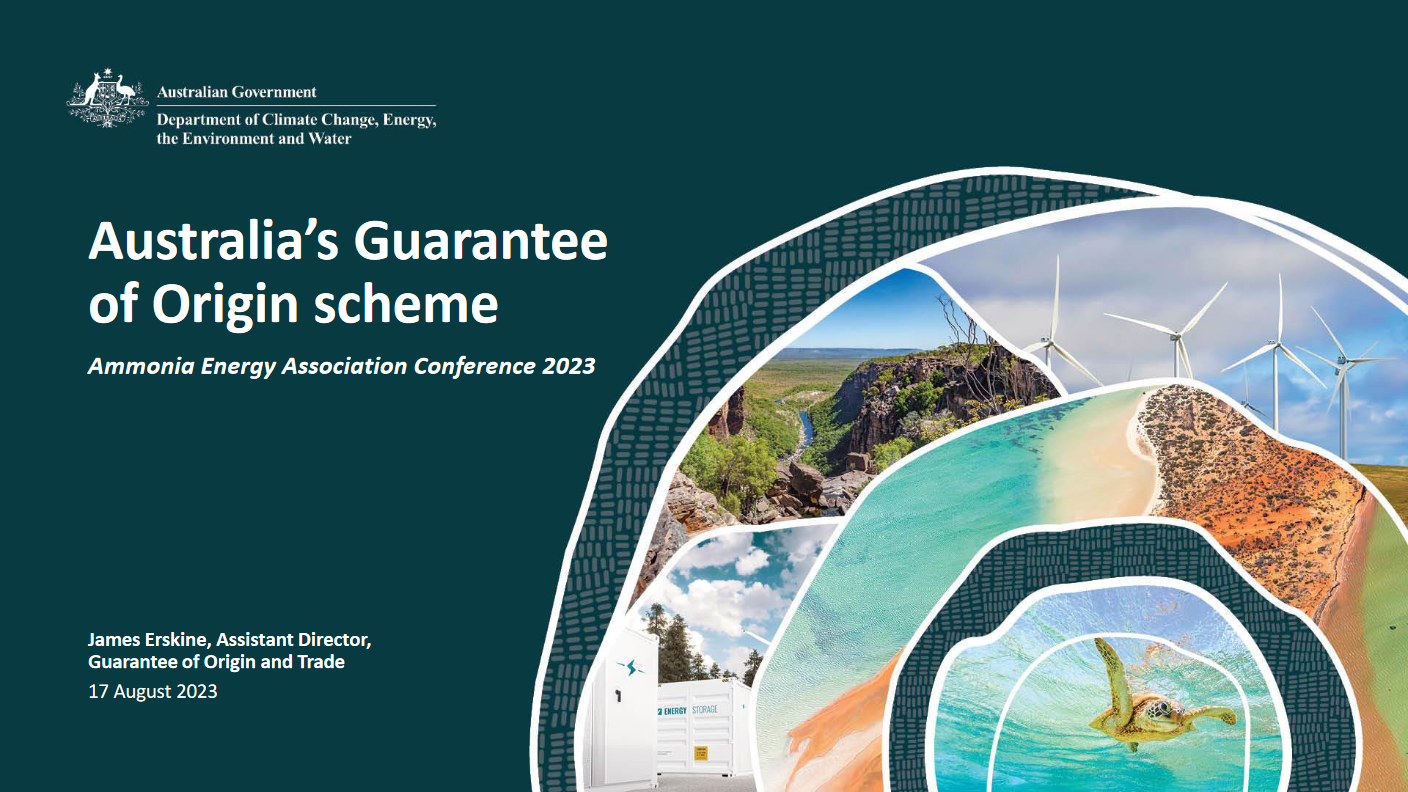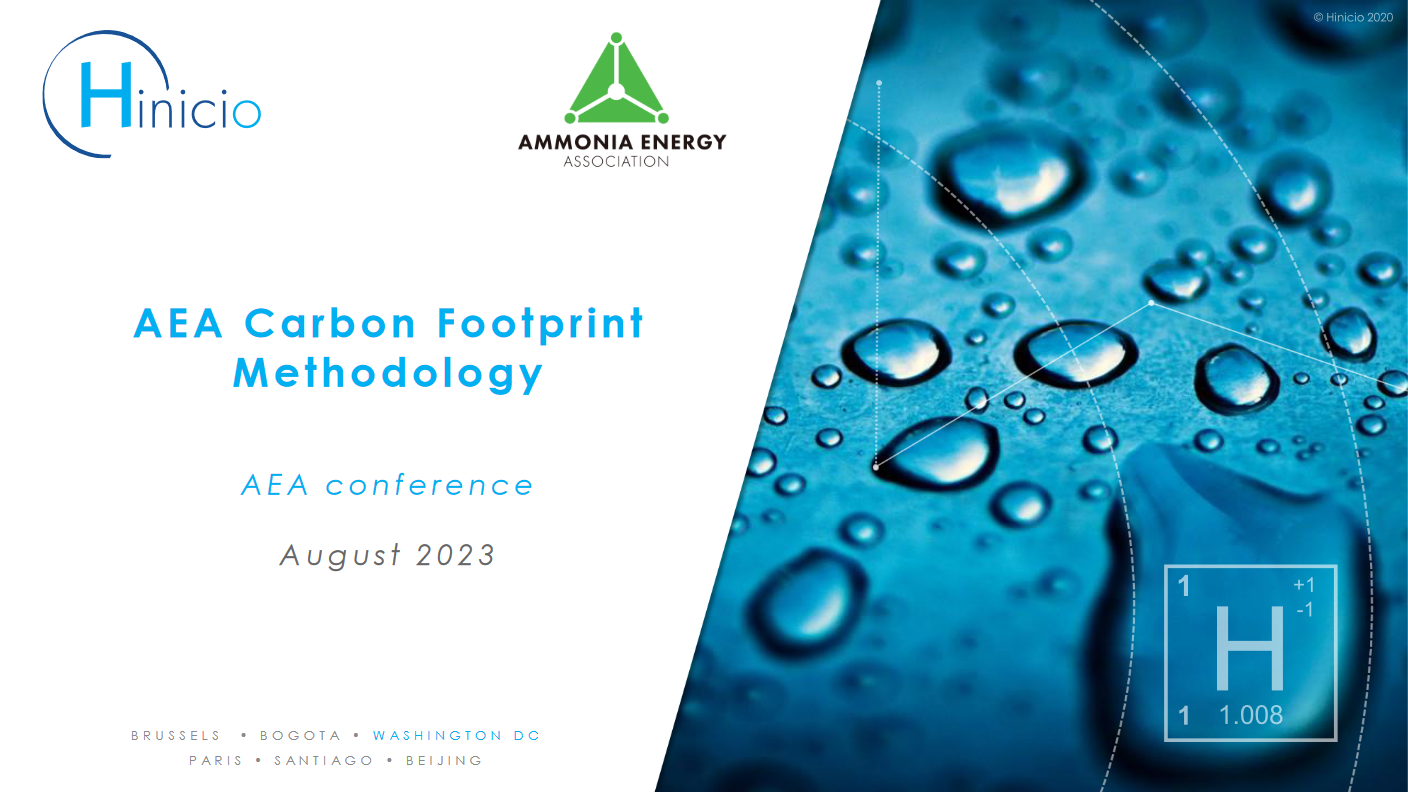Life Cycle Analysis
The integrated role of clean ammonia in maritime strategy
Learn how Japanese shipping giant Mitsui O.S.K. Lines (MOL) is establishing a key role for clean ammonia in its holistic group strategy: and not just as an alternative maritime fuel.
Major maritime companies align behind book-and-claim approach to certification
Nine key shipping stakeholders have joined the Global Maritime Forum to issue a joint statement, committing to develop and implement “robust book and claim chain of custody systems” that will accelerate the uptake of new maritime fuels like ammonia.
Ammonia at Sea: exploring the potential impact on marine ecosystems
Hear more from the authors of the Ammonia at Sea report: an analysis of everything currently known about ammonia’s behaviour in the aquatic environment, plus the potential impacts of the use of ammonia as a marine fuel.
New off-take, distribution partnership for Denmark mega-project
Global shipping group Monjasa will provide logistics services to distribute electrolytic ammonia produced at the under-development HØST PtX project in Esbjerg, Denmark. Part of the 600,000 tonne-per-year production volume will also be reserved for Monjasa to utilise as a bunker fuel.
Technology status: ammonia production from electrolysis-based hydrogen
Electrolysis-based ammonia production peaked worldwide around 1970, before the economies of scale and cheap gas feedstock led to its decline. With decarbonization and climate-neutral industrial processes now a critical priority, electrolysis-based ammonia production has re-emerged as a long-term solution. From a base of 10,000 tonnes per year worldwide production in 2020, as much as 100 million tonnes per year of electrolysis-based ammonia could be produced by the end of this decade, driven by a dramatic roll-out of renewable energy generation and installed electrolyzer capacity.
The social license to operate low and zero-carbon ammonia energy projects
Our latest Ammonia Project Features webinar focused on the social license to operate for low and zero-carbon ammonia energy projects. Sam Bartlett from the Green Hydrogen Organisation explained the details of his organisation’s new “Green Hydrogen Standard”, which not only incorporates emissions, but also the environmental, social and governance consequences of a production project. Jonathan Cocker from Borden Ladner Gervais LLP then took us through the key challenges for obtaining social license, and what we can learn from other industries and case studies already in progress around the world.









